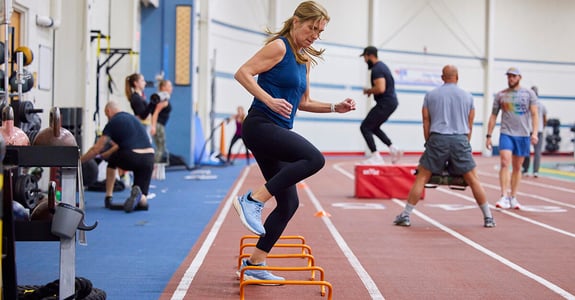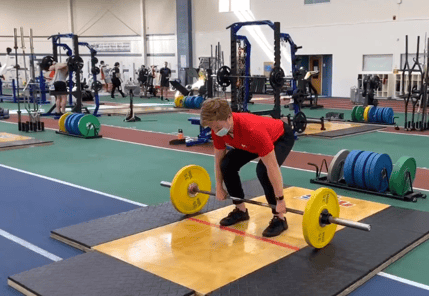 More and more in today’s society, people have one resource that seems like it is only getting stretched out thinner and thinner: time. Too many of us seem to be cramming more and more things into our lives, whether that be work-related events, personal interests, or family events. With this ever-growing list of things we have taking time out of our day, many have to choose between stuff they need to get done and things they want to get done. One thing we all know we should do but sometimes choose to skip because of time constraints is exercising.
More and more in today’s society, people have one resource that seems like it is only getting stretched out thinner and thinner: time. Too many of us seem to be cramming more and more things into our lives, whether that be work-related events, personal interests, or family events. With this ever-growing list of things we have taking time out of our day, many have to choose between stuff they need to get done and things they want to get done. One thing we all know we should do but sometimes choose to skip because of time constraints is exercising.
Now, we all know exercising is something everybody should do. The Centers for Disease Control recommends that every adult who is able to, exercise at least 150 minutes per week, and for many it can be more. But a good amount of people fall out of this group because they simply do not have enough time to exercise.
What is a way someone can get the most efficient exercise output in as little time as possible? The possible solution could be high-intensity interval training, or HIIT (aka HIT)! HIIT is a training technique that is all about intense bursts of exercise, followed by short recovery periods. The idea behind this type of training is that with these short bursts of exercise, the heart rate can remain elevated much higher in shorter time than traditional training.
Incorporating HIIT into Your Workouts
With the definitions out of the way, we can look at just some of the ways you can incorporate HIIT training into your daily fitness lifestyle. Many people opt for the route of either aerobic or resistance-style HIIT. Aerobic is more focused on cardio and increasing cardiac output, whereas resistance has a bit more to do with working the muscles of the body with varying degrees of weight.
Now which style is the best? That depends on what your goals are. But either will be a great route to choose to try and spike that heart rate and get in a great workout without too much time commitment.
The best thing about this type of training is that it can be anything you want it to be. For example, you can elect to do a sprinting-focused workout, or biking, rowing, swimming, etc. The idea is not behind what exercise you do, but rather how you’re doing the workout.
15-minute Bodyweight HIIT Workout
Here is a simple example of an introductory HIIT workout.
3 Rounds: 45 seconds each exercise with 15 seconds of rest
- High Knees in Place
- Squats
- Push-ups
- Dips
- Crunches
Don’t Skip Your Workout!
So the next time you are a little low on time and debating whether or not to skip a workout, high-intensity interval training could very well be the answer you’ve been looking for in order to keep up that consistency!
The blog was written by Ricky Rocha, NIFS Health Fitness Specialist. To read more about the NIFS bloggers, click here.


 If you are like me, with a busy, on-the-go lifestyle, you probably don't have more than an hour to get inside the gym and train. Lucky for you, that’s okay!
If you are like me, with a busy, on-the-go lifestyle, you probably don't have more than an hour to get inside the gym and train. Lucky for you, that’s okay! 